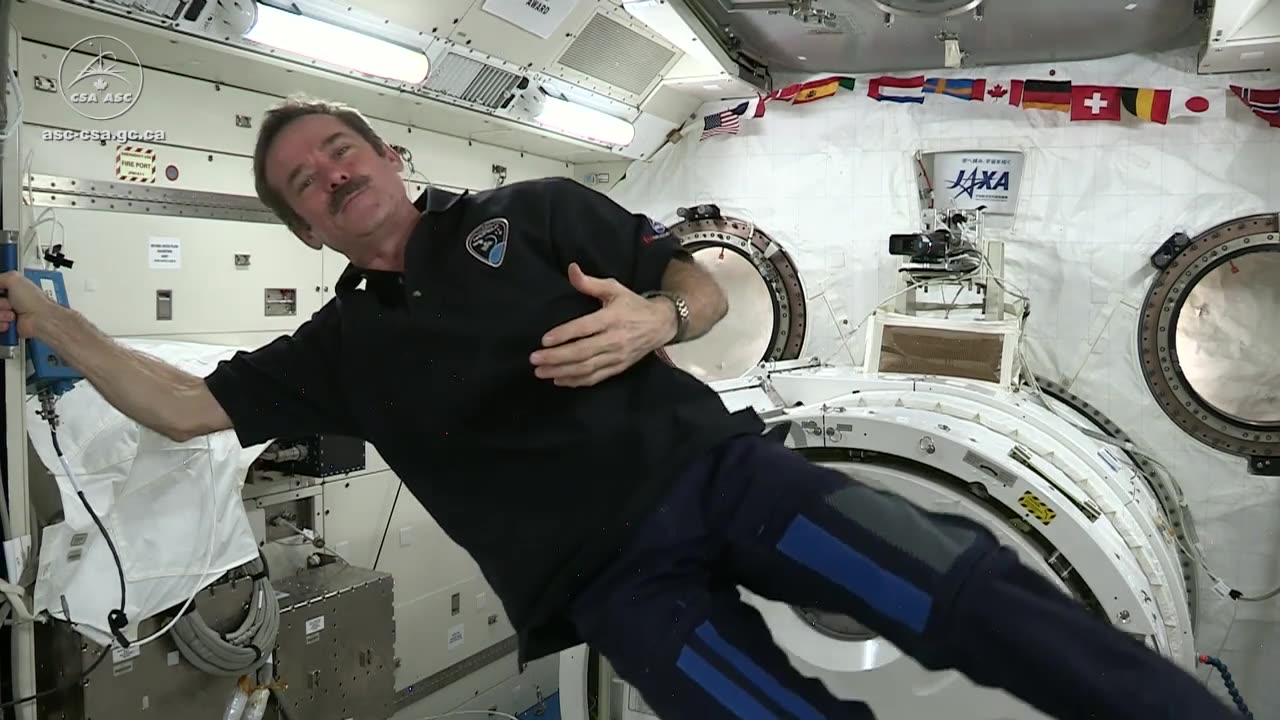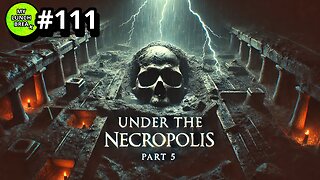Premium Only Content

Sleeping in Space sleeping chrishadfield bedtime
It's bedtime on the ISS. CSA Astronaut Chris Hadfield shows us how astronauts sleep in space. #sleeping #chrishadfield #bedtime #love86science #mpsc #mpscsyllabus #upsc #upscsyllabus #NASA #ISRO
Sleeping in space is a unique and intriguing experience that contrasts dramatically with sleeping on Earth. In the microgravity environment of space, astronauts and cosmonauts undergo various adaptations to their usual sleep patterns and positions due to the absence of gravity.
In the confined quarters of a spacecraft or space station, sleeping arrangements are carefully designed to optimize comfort and safety while making the most of the limited space available. Here's a general description of what sleeping in space involves:
1. Sleeping Quarters: Spacecraft and space stations are equipped with sleeping quarters, often referred to as crew cabins or crew quarters. These are small, individual compartments where astronauts can rest and sleep. The cabins are usually just large enough for the sleeping bag and other essentials.
2. Sleeping Bags: Instead of traditional mattresses, astronauts use specially designed sleeping bags that are secured to the sleeping compartment's walls or floors. These sleeping bags help prevent astronauts from floating around during sleep due to the absence of gravity.
3. Sleep Position: In microgravity, there is no "up" or "down," so astronauts can sleep in various orientations—on their backs, sides, or even upside down. Straps or Velcro are often used to secure themselves to the sleeping bag, preventing them from floating around during sleep.
4. Sleep Aids: Just like on Earth, astronauts might use sleep aids such as eye masks, earplugs, and even white noise machines to create a more comfortable sleeping environment. These can help block out any noise or light from the busy spacecraft or station.
5. Circadian Rhythms: Space travelers face challenges in maintaining their natural circadian rhythms, as the frequent sunrises and sunsets experienced in orbit can disrupt their internal body clocks. To counteract this, artificial lighting systems are used to mimic the Earth's day-night cycle and help regulate sleep patterns.
6. Noise and Vibration: While modern spacecraft are designed to minimize noise and vibrations, there can still be some disturbances that affect sleep. The hum of machinery, ventilation systems, and other sounds unique to the space environment can impact sleep quality.
7. Dreams and Sensations: Astronauts have reported experiencing vivid dreams in space. Some have also described sensations of floating or flying during their dreams, likely influenced by the microgravity environment.
8. Personal Space Items: Just like on Earth, astronauts often bring personal items into their sleeping quarters to create a sense of home. These items might include photographs of loved ones, small mementos, or personal reading materials.
9. Sleep Duration: The sleep duration for astronauts is similar to that on Earth, usually around 7 to 8 hours. However, individual sleep patterns can vary based on the demands of the mission, workload, and individual preferences.
In summary, sleeping in space is a carefully orchestrated experience that takes into consideration the unique challenges posed by microgravity. Despite the unfamiliar environment, astronauts and cosmonauts adapt to their sleeping arrangements, ensuring they get the rest they need to perform their tasks effectively during their time in space.
-
 LIVE
LIVE
Vigilant News Network
1 day agoRFK Jr. Hearing EXPOSES Corrupt Politicians in Humiliating Scandal | Media Blackout
3,961 watching -
 1:11:40
1:11:40
Josh Pate's College Football Show
10 hours ago $4.44 earnedPerfect CFB Conferences | Big Ohio State Changes | Canceling Spring Games | SEC 2025 Thoughts
52.1K -
 1:08:07
1:08:07
Bek Lover Podcast
8 hours agoInteresting Times with Bek Lover Podcast
27.7K -
 1:51:12
1:51:12
Tate Speech by Andrew Tate
11 hours agoEMERGENCY MEETING EPISODE 105 - UNBURDENED
189K96 -
 1:01:18
1:01:18
Tactical Advisor
14 hours agoBuilding a 308 AR10 Live! | Vault Room Live Stream 016
163K12 -
 2:17:02
2:17:02
Tundra Tactical
1 day ago $28.36 earnedTundra Nation Live : Shawn Of S2 Armament Joins The Boys
261K28 -
 23:22
23:22
MYLUNCHBREAK CHANNEL PAGE
2 days agoUnder The Necropolis - Pt 5
206K67 -
 54:05
54:05
TheGetCanceledPodcast
1 day ago $14.79 earnedThe GCP Ep.11 | Smack White Talks Smack DVD Vs WorldStar, Battle Rap, Universal Hood Pass & More...
199K35 -
 8:30
8:30
Game On!
18 hours ago $0.85 earnedLakers BLOCKBUSTER trade! Luka Doncic is coming to LA!
30.4K4 -
 48:29
48:29
hickok45
22 hours agoSunday Shoot-a-Round # 266
26.7K10